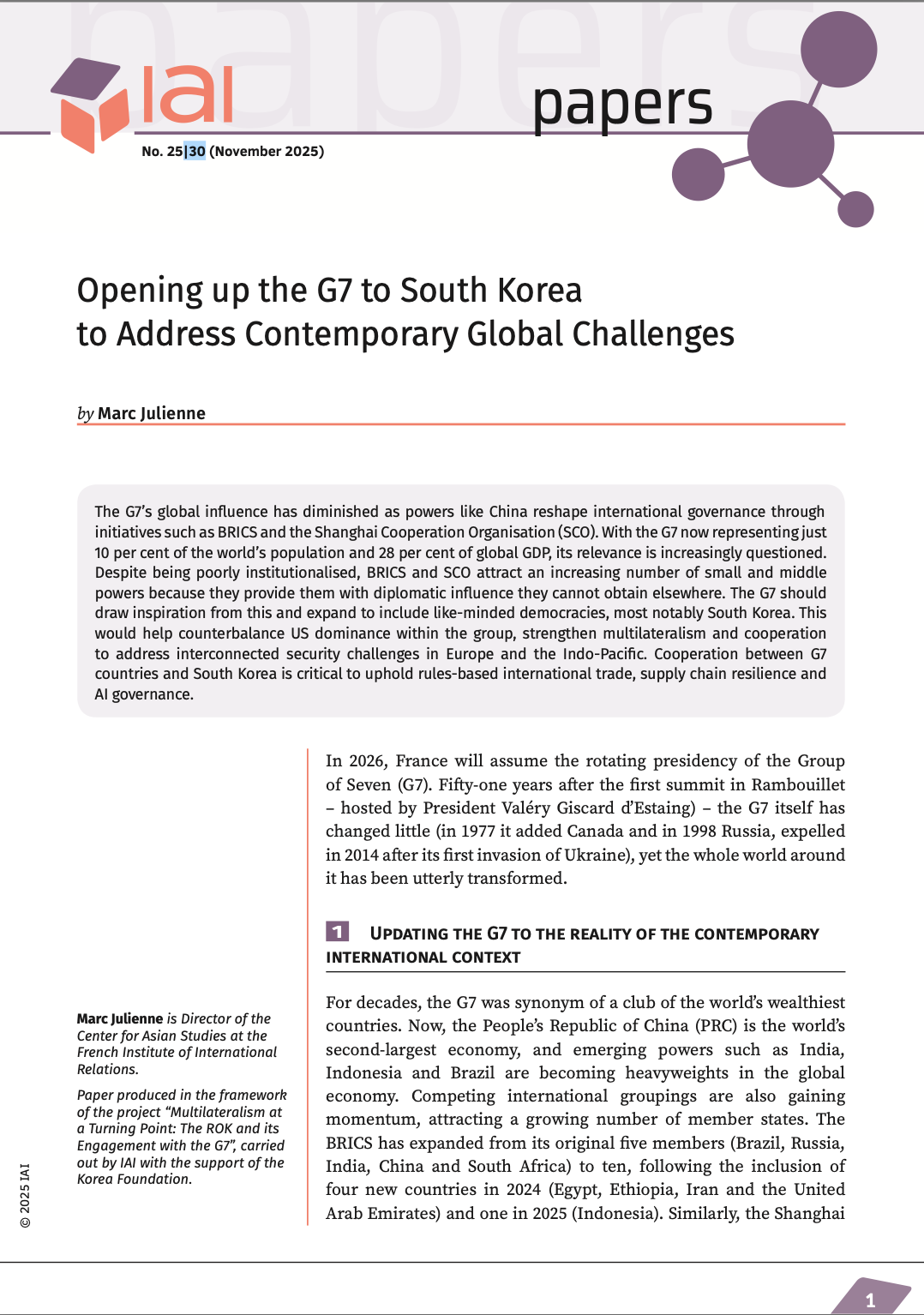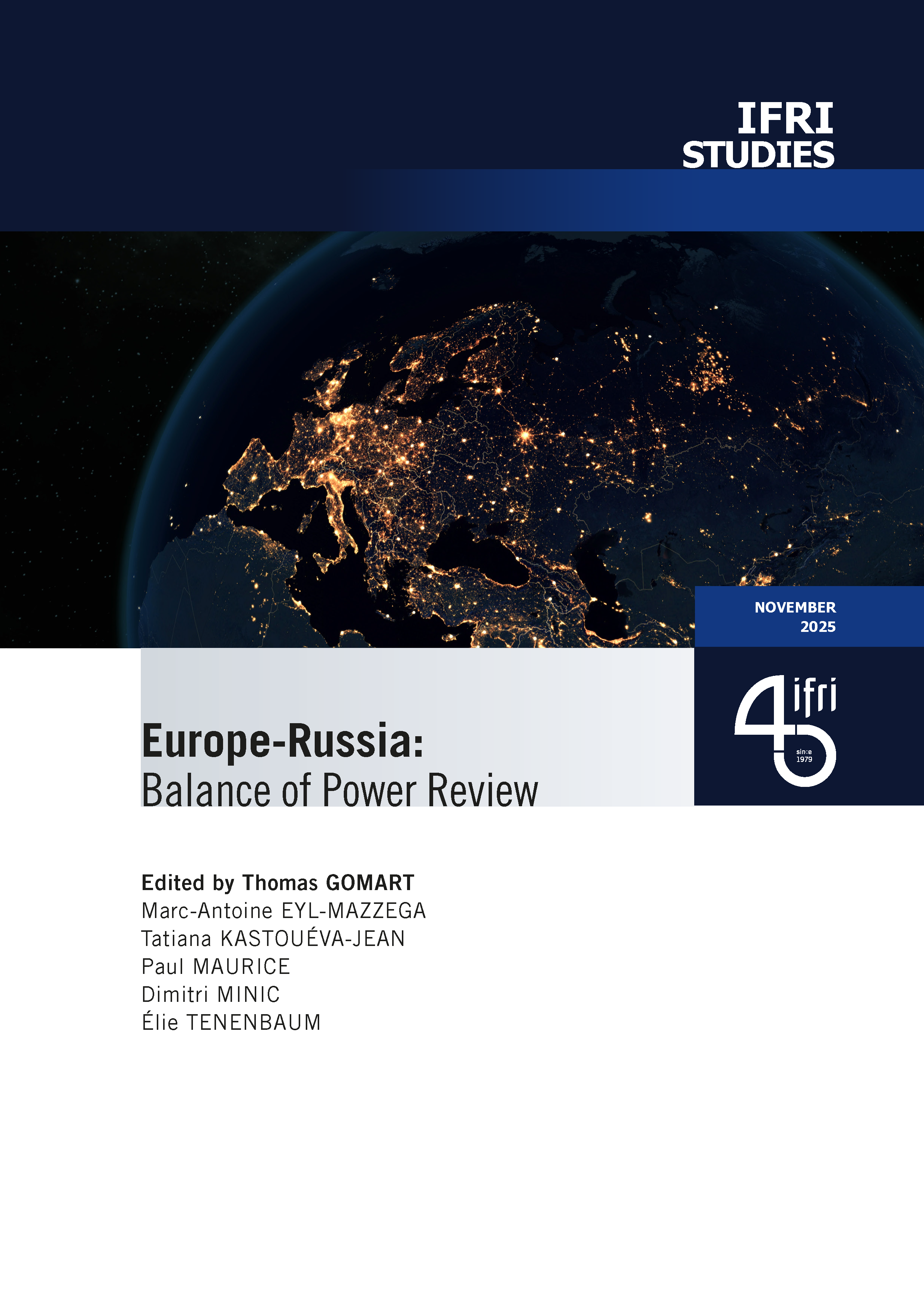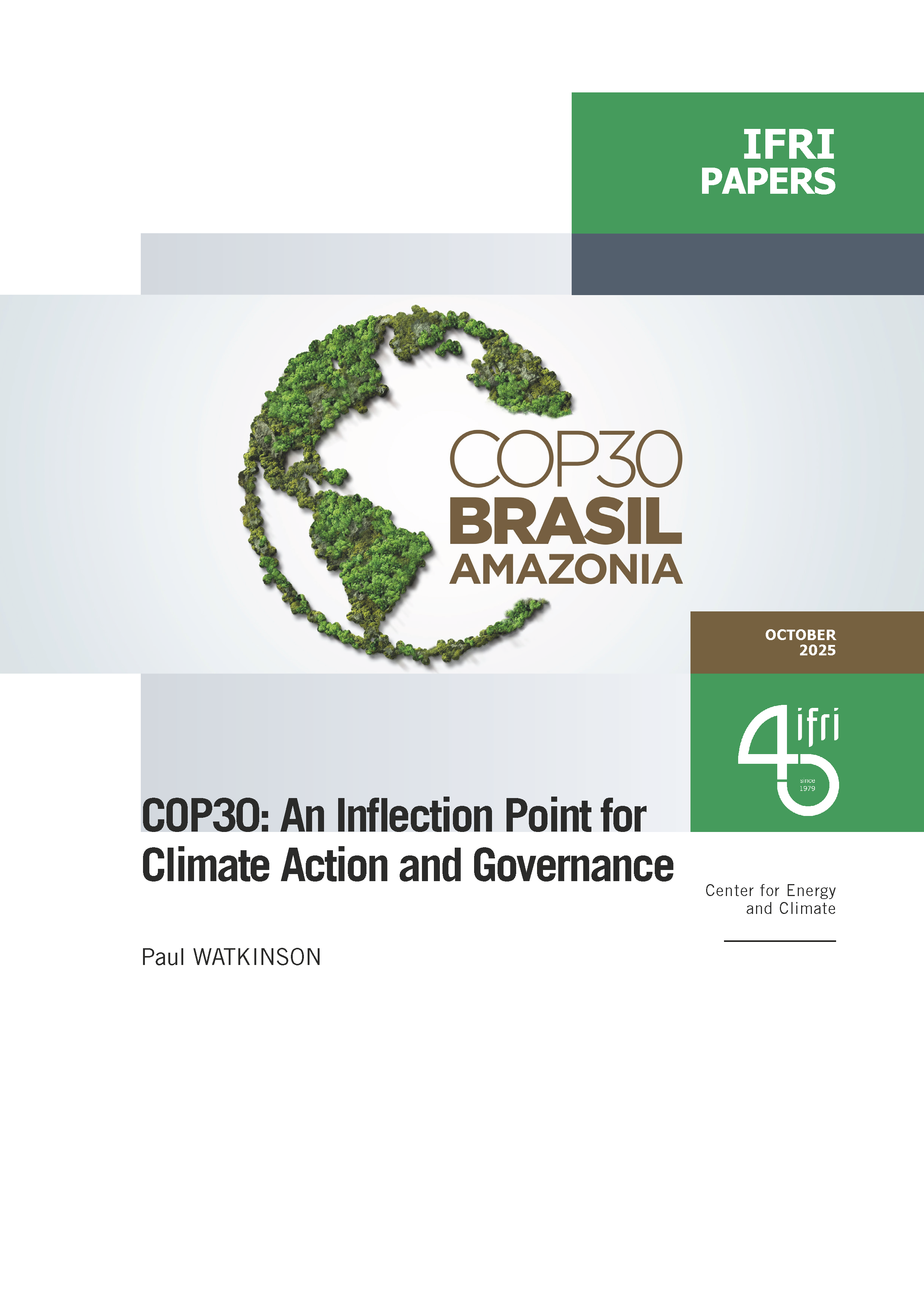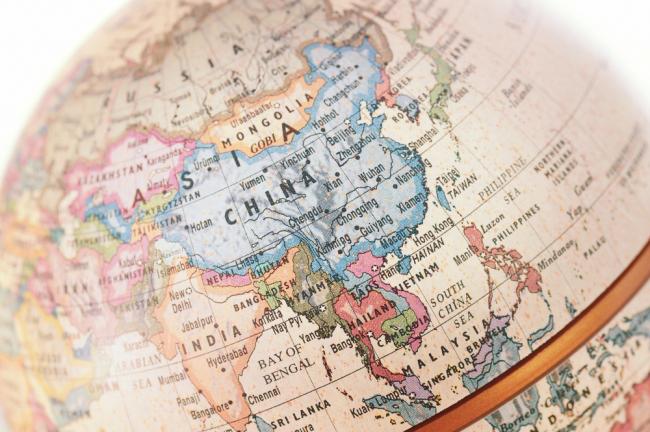The Development of Road Networks in China: Miscalculations and Inequalities

China has some of the densest road networks of any developing country, accounting for the vast majority of paved roads among lower- and middle-income countries. However, statistical data at the national and provincial levels show two puzzling trends.
First, growth in the length of highways has tapered off since 2003 despite policy shocks designed to produce the contrary effect. This trend applies to Eastern, Central, and Western China as the three differentiated regions in transport policy. Second, while lower-class roads have been shown to consistently deliver the greatest positive impact in rural areas, Central and Western China continue to emphasize higher-class roads despite their urgent anti-poverty and market networking needs.
Focusing on the processes of highway project formulation, approval, and financing, the author postulates that fiscal federalist institutions have strongly shaped the motivations of provincial leaders and bureaucrats as the key political entrepreneurs in bargaining over competing priorities and funding options. He argues that three variables - fiscal shortfall, procedural biases, and quality of private capital participation - account for the provincial officials' discriminating against different forms of financing and grades of roads. These variables suggest that inland provinces with fiscal inadequacy and poor quality private capital have perverse incentives to maximize their fiscal base and private rents by focusing resources on higher-class toll roads.
Download the full analysis
This page contains only a summary of our work. If you would like to have access to all the information from our research on the subject, you can download the full version in PDF format.
The Development of Road Networks in China: Miscalculations and Inequalities
Related centers and programs
Discover our other research centers and programsFind out more
Discover all our analyses
Opening up the G7 to South Korea to Address Contemporary Global Challenges
The G7’s global influence has diminished as powers like China reshape international governance through initiatives such as BRICS and the Shanghai Cooperation Organisation (SCO). With the G7 now representing just 10 per cent of the world’s population and 28 per cent of global GDP, its relevance is increasingly questioned.
Expanding SPDMM as a pivotal institution in the Pacific – A French perspective
The South Pacific Defence Ministers’ Meeting (SPDMM) is the only forum that brings together defense ministers from the wider South Pacific — including Chile, which is hosting it for the first time. This heterogeneous group of countries with varying resources, capacities, and interests — Australia, Chile, Fiji, France, New Zealand, Papua New Guinea (PNG), and Tonga — are united by their shared determination to strengthen cooperation on maritime security and humanitarian assistance and disaster relief (HADR) activities.
EU’s Derisking From China: A Daunting Task
With economic security as a major concern, the EU has recently turned to “derisking” from China. The EU strategy entails reducing critical dependencies and vulnerabilities, including in EU supply chains, and diversifying where necessary, while recognizing the importance and need to maintain open channels of communication.
Sri Lanka’s NPP Government. From System Change to Structural Compliance
In September 2024, a relative outsider to Sri Lanka’s two-party-dominated political system, Anura Kumara Dissanayake, won the presidential elections. The anti-establishment, populist movement he represented, the National People’s Power (NPP), went on to receive an overwhelming mandate in the November 2024 general elections, winning 159 seats in a 225-member parliament.









